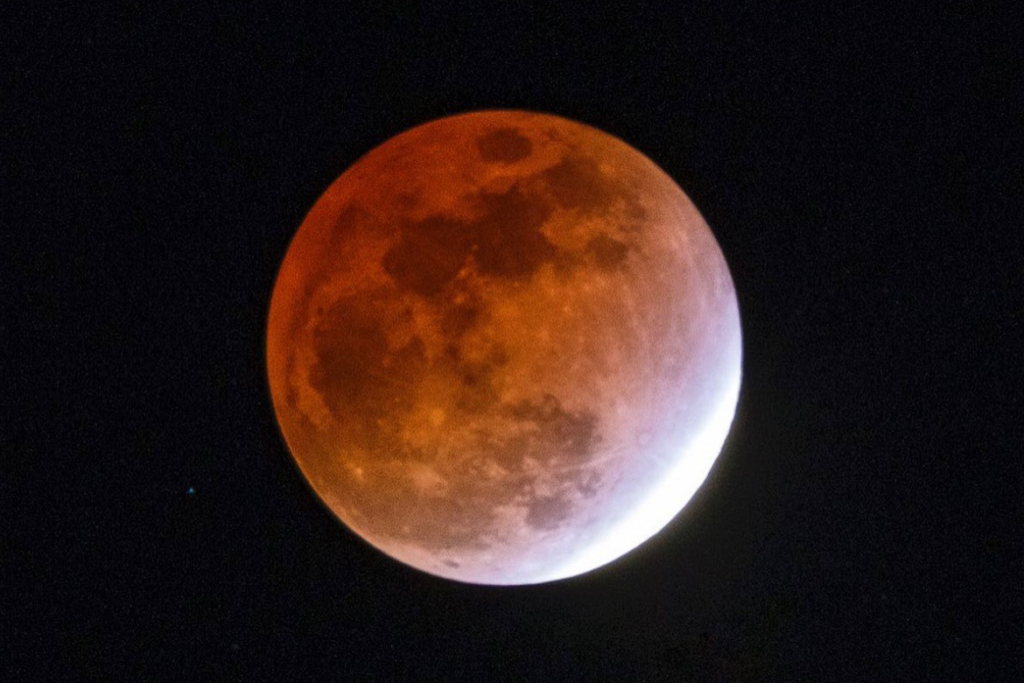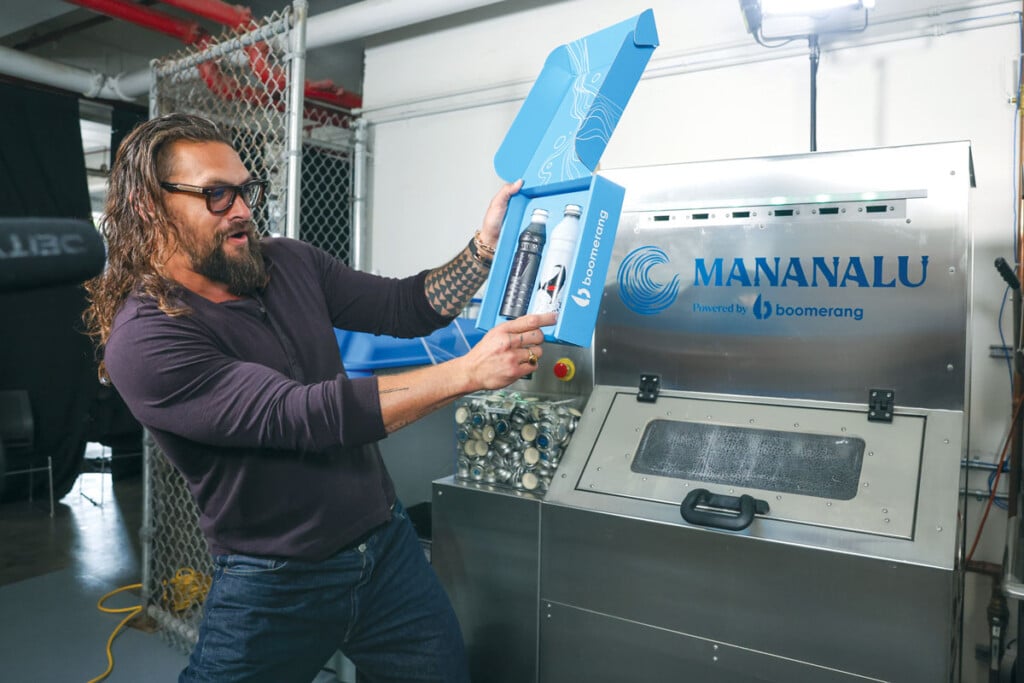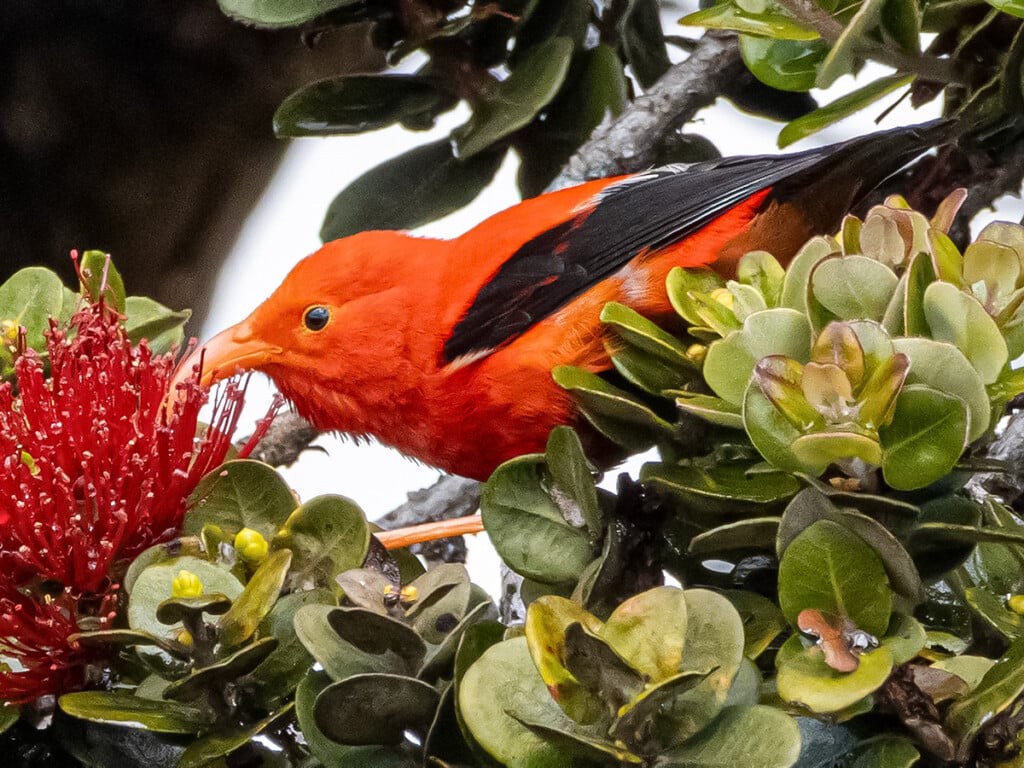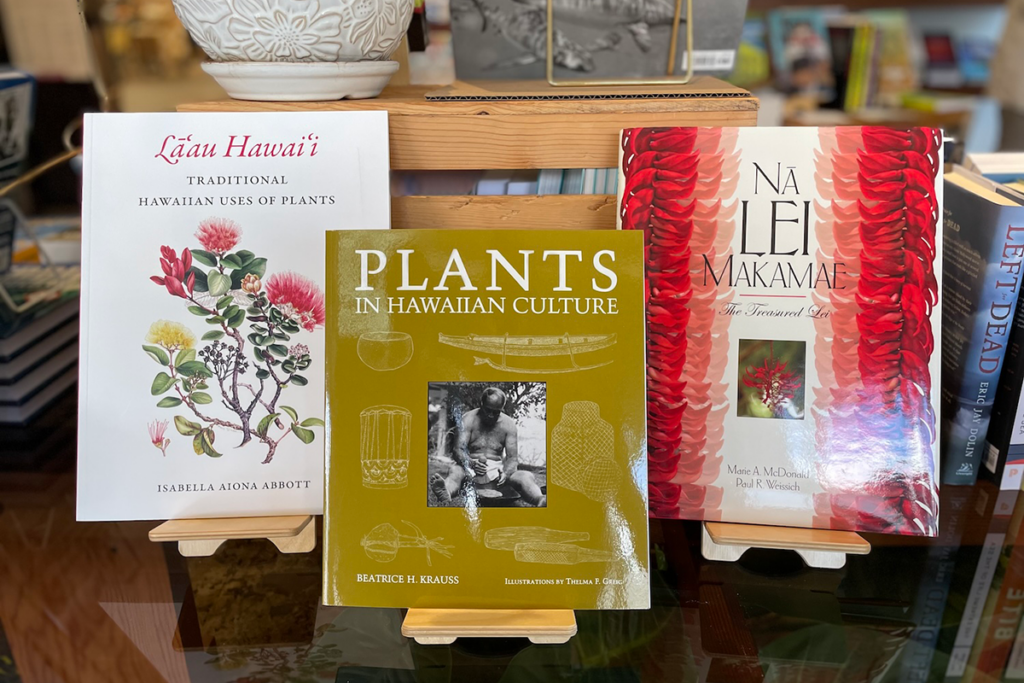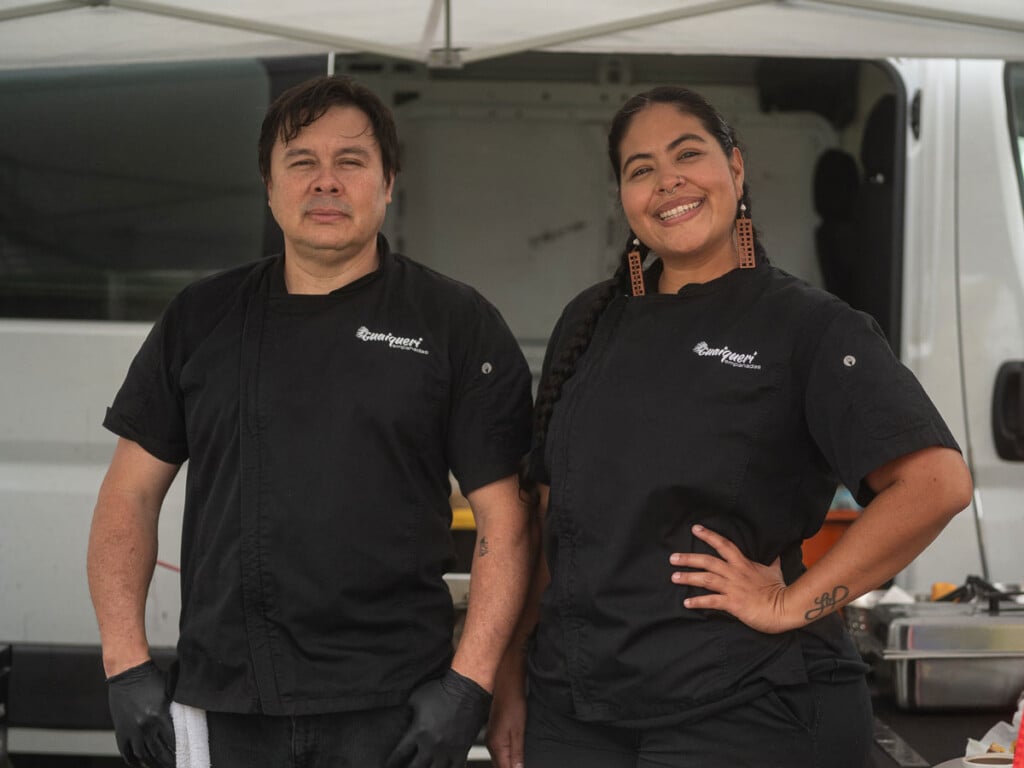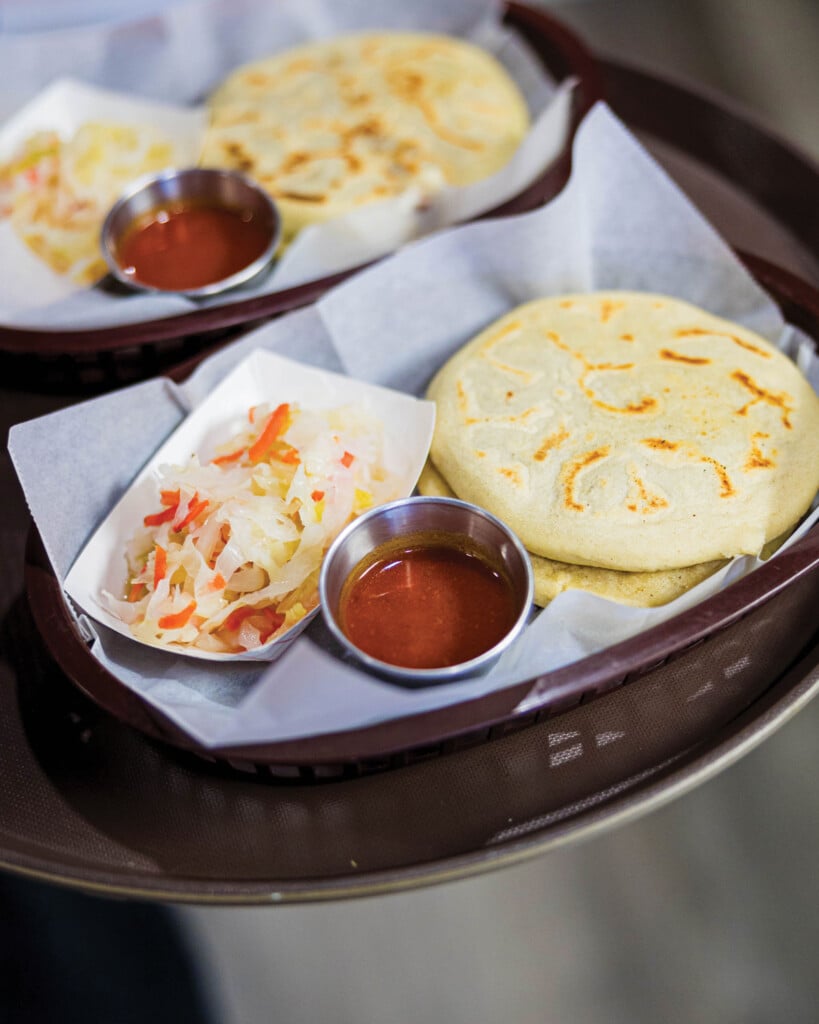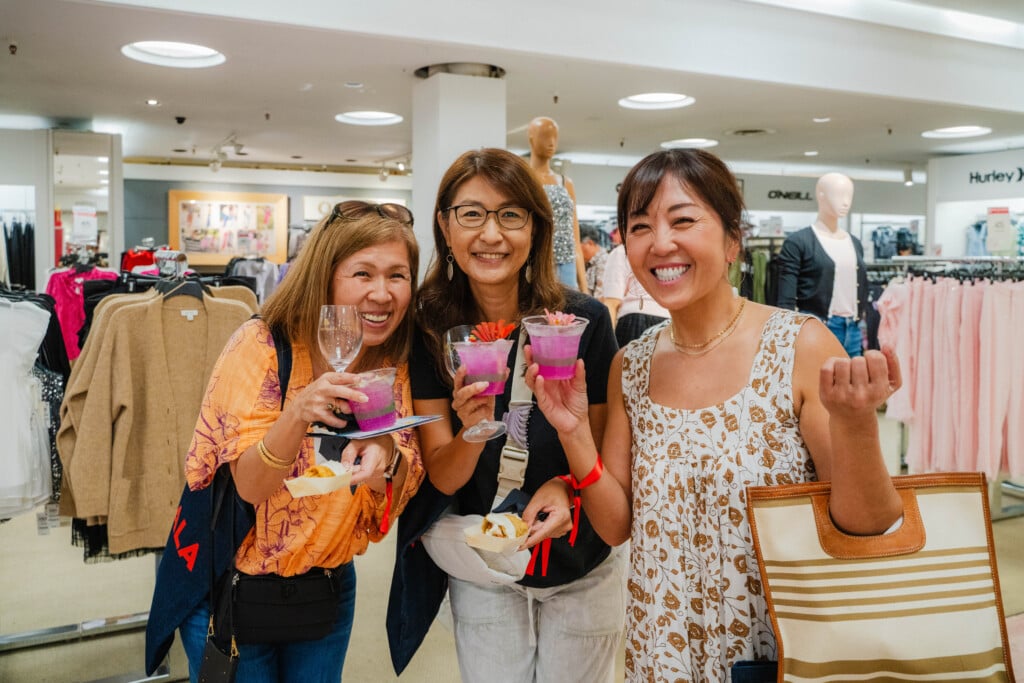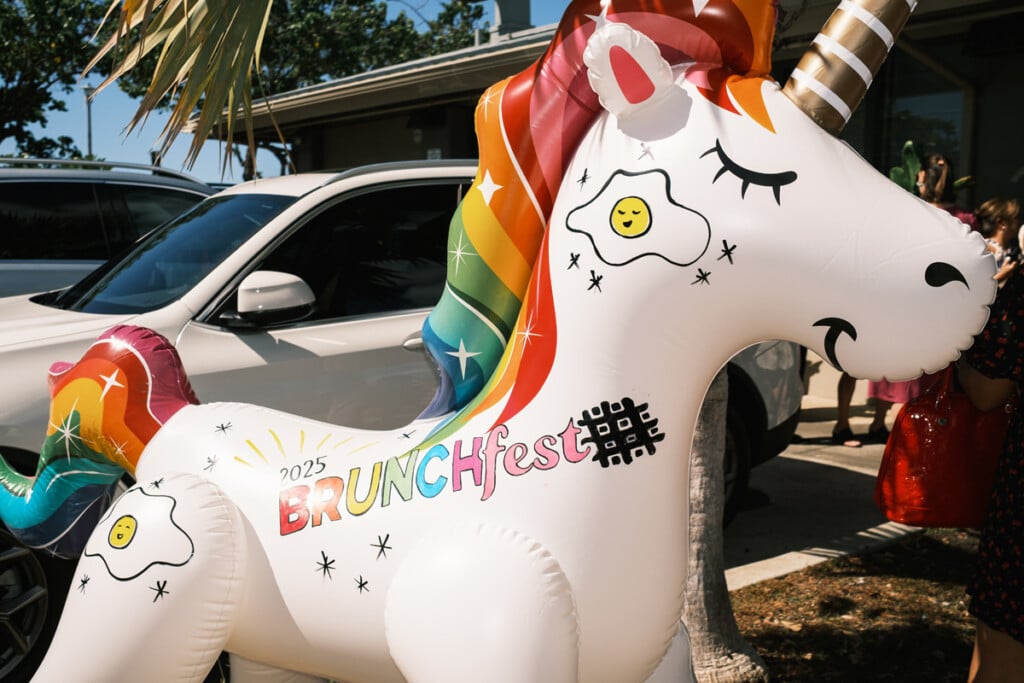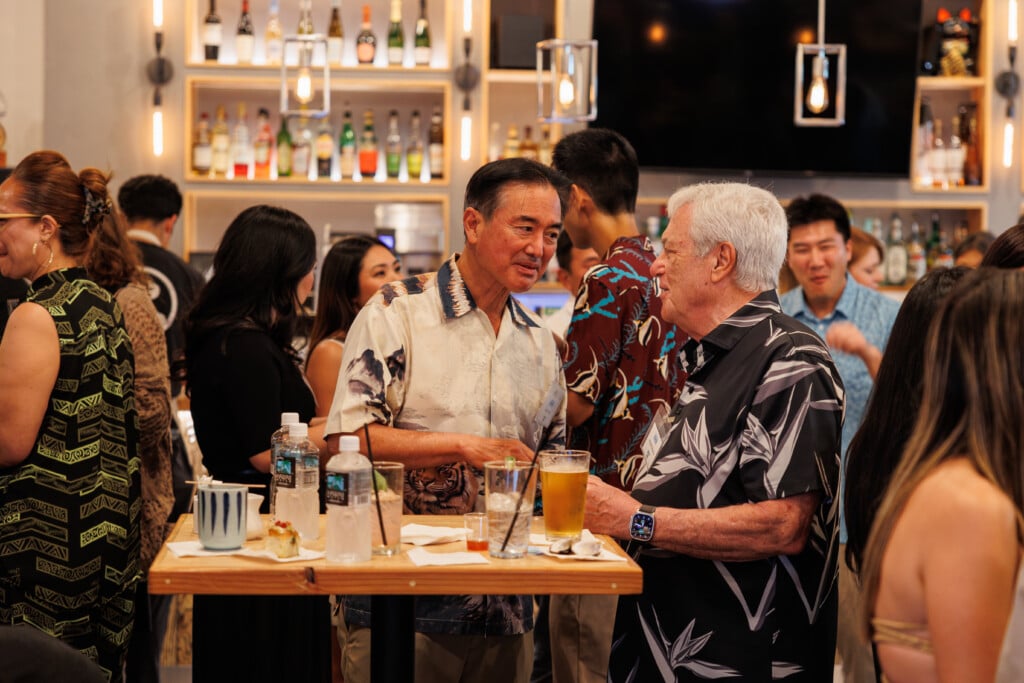The Ala Wai Is Showing Signs of Life Thanks to Nonprofit Efforts
Midway through the Genki Ala Wai Project, the notoriously polluted waterway shows impressive results.

The Genki Ala Wai Project’s fourth launch site at right. Photo: Aaron K. Yoshino
As the morning sun peeks out over Lē‘ahi, members of the Genki Ala Wai Project prepare for the blessing ceremony of their fourth launch site, behind the Hawai‘i Convention Center. Honolulu Festival representatives, volunteers and members of the media are each handed their own Genki Ball to throw into the Ala Wai; the tennis ball-sized “mud ball” is like a rock, surprisingly dense and dry. It’s hard to believe that it can help clear out decades of pollution in the canal.
Chikako Nago, Genki’s business liaison, says that “all the happy energy is in each ball.” As Kumu Leilani Kaho‘āno begins the March ceremony, she mentions that the site was already blessed by a visit from a Hawaiian monk seal the week prior. We line up along the wall and with a “Kahi, lua, kolu, Genki hou!” proceed to toss the Genki Balls into the canal. The rippled reflections spread as Kaho‘āno continues her chant and song.
SEE ALSO: Can These Muddy-Looking Balls Make the Ala Wai Swimmable?
The Genki Ala Wai Project started in 2019, its goal to make the canal fishable and swimmable by 2026 using bioremediation. Hiromichi Nago, the project’s technical adviser and president of EM Hawai‘i, which makes the balls, explains how microbes inside the balls digest pollutants, and “as the Genki Balls absorb water, the microbes are released, and they start to work further downstream as they move with the tide.” Now, about halfway through its projected timeline, the team believes it’s on track—and gaining momentum.
“As the Genki Balls absorb water, the microbes are released, and they start to work further downstream as they move with the tide.”
–Hiromichi Nago
At first glance, it may not seem like much has changed in the Ala Wai; its reputation as a health hazard due to pollution and bacteria is as strong as ever. But the numbers collected by the Department of Health at the Genki Ala Wai test sites tell a different story.
In one Genki launch and test area, sludge levels are down from as high as 21 inches to as little as five inches. Colony-forming units, or cfu, of enterococci—which indicate the presence of fecal matter—initially ranged on the high end from 697 to 1,298 cfu, suggesting potential water contamination. Those levels are now at an average of 41 cfu, nearing the EPA safe standard of 35 cfu for recreational water. But don’t jump in just yet. More consistently low measurements spanning a wider portion of the Ala Wai will be necessary to deem it safe for recreational purposes.

A bowl of Genki Balls in 2019. Photo: Aaron K. Yoshino
As Nago walks me through the data, he says that, as with any ecosystem, the results will fluctuate depending on heavy rains and other environmental factors. But things are looking up overall. Besides the numbers, another sign of the project’s success is the return of diverse aquatic wildlife: weke (goatfish), large ‘anae (full-sized mullets), schools of ‘ama‘ama (baby mullets), āholehole (Hawaiian flagtail), kākū (barracuda), pāpio (baby ulua) and moi (threadfish), Nago says. Recent videos on social media show a monk seal and multiple turtles in different parts of the canal. And now, the reef is visible in areas where it had been covered in sludge for decades.
Even after the 2026 projected completion of the Genki Ala Wai Project, maintenance of the Ala Wai will be ongoing. Nago talks about eventually expanding to the streams that empty into the canal, and how the success of this project could help set a precedent for the rest of the world. The Genki Ala Wai Project team, which says it’s determined to provide a healthy Ala Wai and a better future for the community, envisions the canal as a vibrant and community-driven landmark with seating along the sidewalk and keiki playing.
